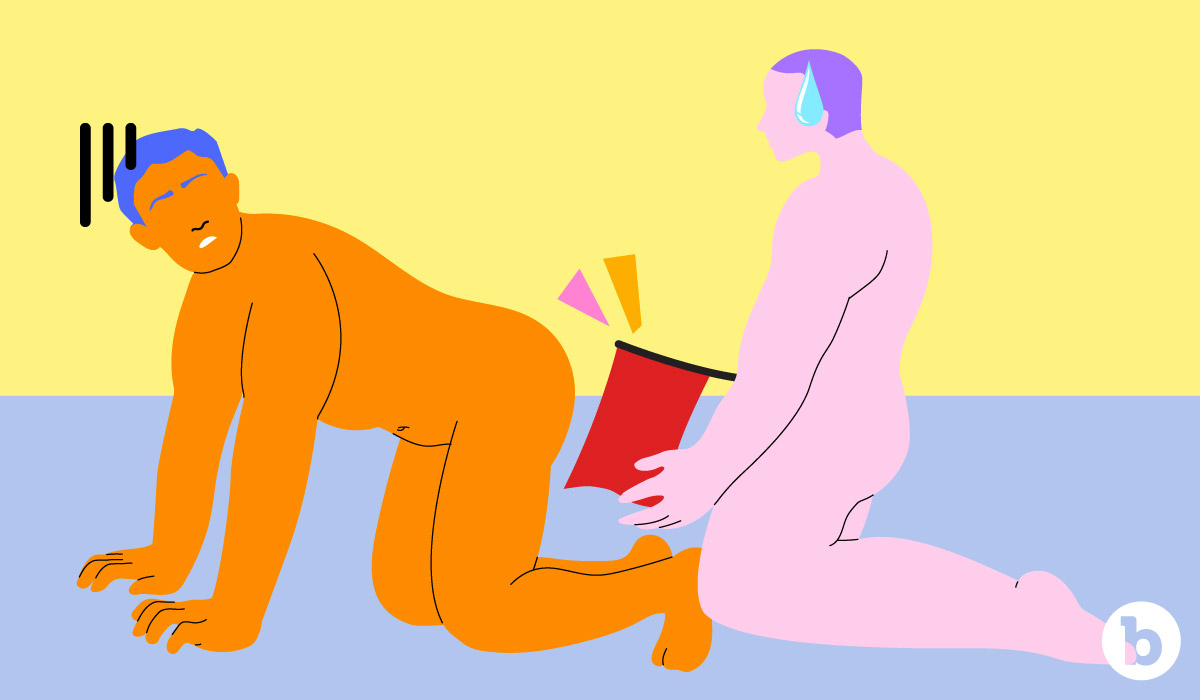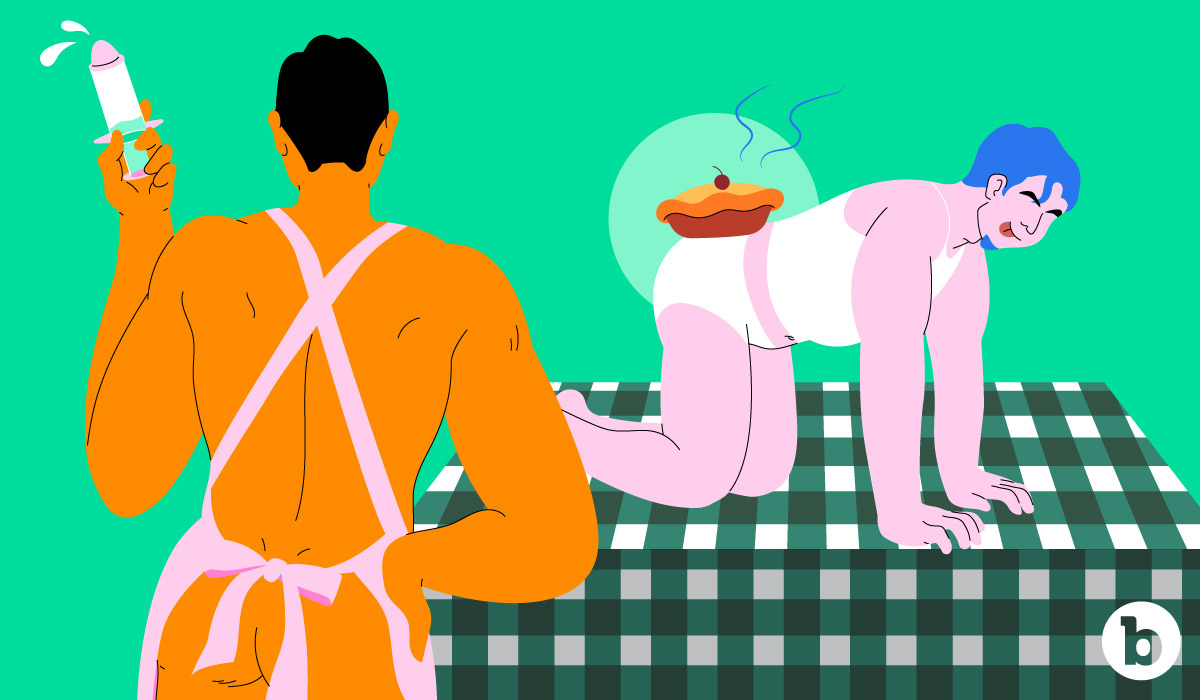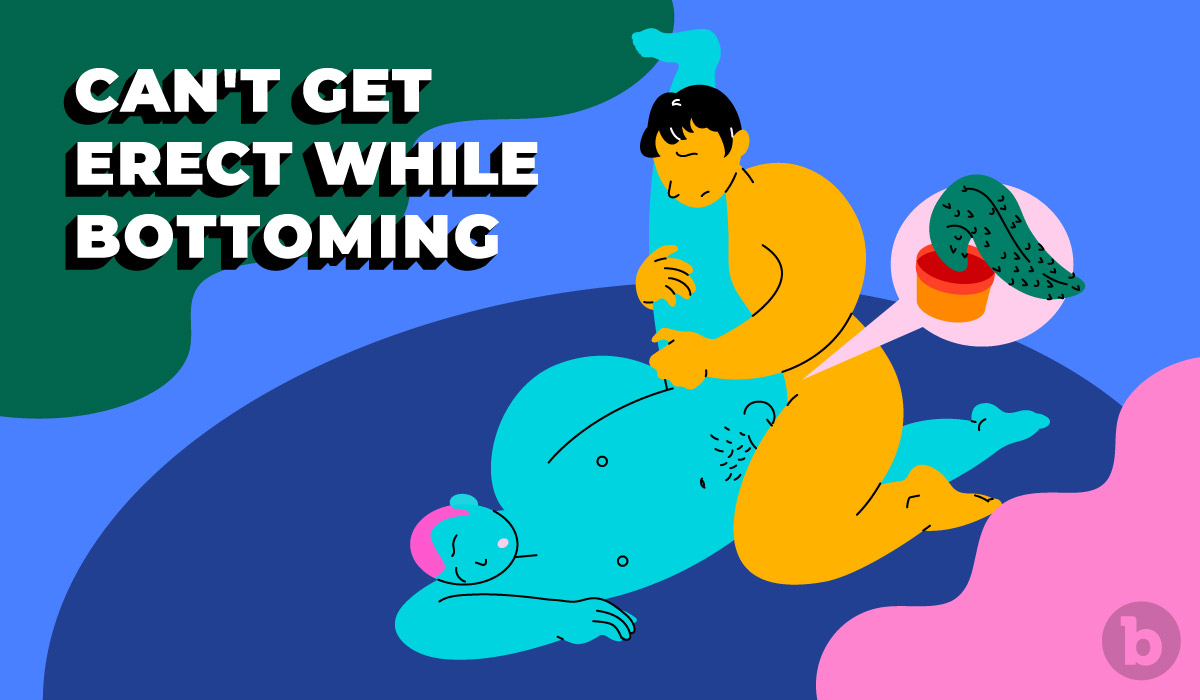
Horny History – How Photos of Fisting Penetrated Capitol Hill
When you hear the words “erotic art” the first thing that might come to mind are explicit depictions of naked bodies entwined, phallic and/or labial organs thrusting, prodding, and fisting in various degrees of extremity, with bodily fluids strewn about the depicted scene in showings of conquered ecstasy…
… and you would be completely correct.
While art critics might argue over the exact definition of what makes art “erotic art”, we’re going to take Jerrold Levinson’s definition from the Stanford Encyclopedia as, “art which aims to engage viewers sexually through explicit sexual content.” But, while we may be used to seeing these types of work today on the stalls of gay bar bathrooms or the historic walls of Tumblr furry illustrators (RIP good Tumblr, 2007-2018) these works served a much different purpose of activism and defiance in the early days of the Queer Liberation Movement. While still being graphic depictions of sexual desire, the very creation of these pieces, whether intentional or not, were some of the first forms of visual protest that propelled issues such as LGBT representation and public displays of “queerness” to public and political attention that shaped the way we are able to openly express ourselves today.
Kink in the community
In recent years, “kink” has come under fire at Pride parades for some thinking it sexualizes Pride and makes the event unapproachable for families, allies, or those who deem its presence is public indecency. What these people do not consider is the historic context kink has had at Pride, and the evolution of what “kink” even means.
As our friends over at The Cowgirl have pointed out in the Kink is Pride article:
“The idea that sex is offensive and damaging is a regressive idea that is embedded in assimilating the LGBTQ+ community into a heteronormative-acceptable culture. Pride originated with people viewed by the heteronormative public to be "deviant" fighting back against the oppression of their lifestyle”
So what does this have to do with erotic art?
Art has always been a catalyst for public reaction, a way to get into the faces of the public and, through institutions, the faces of politicians as well. As these artists’ works gained popularity and recognition within galleries, collectors, and museum, their depictions of queer intimacy would rile up the heteronormative public and garner media attention. At the time, US censorship codes banned the “overt depiction of homosexual acts”, and these artists directly and publicly tested the waters of how much they could get away with which, when told to stop, they asked, “why?” Whether their intention or not, these works would rally the community, eliciting not only a reaction but also a revolution.
Tom of Finland
Born Touko Valio Laaksonen, Tom of Finland climbed his way to superstar status within the LGBT community as a muscle man illustrator who depicted beefcake, butch leathermen and uniformed laborers with larger-than-life appendages. Inspired by the laborers of his hometown and his time in the military during WWII, Tom sought to showcase a rebellious and hypermasculine subculture that subverted the stereotypes of effeminate gay men during the time.
Tom began his career by illustrating for muscle man magazines in America. As his drawings were not well received in his (at the time) more conservative homeland of Finland. And while they were better received in the United States, the strict American censorship laws banning portrayals of homosexuality meant that Tom had to adjust his style to be published. The magazine he most frequently was published in, Physique Pictorial, showcased scantly clad men demonstrating exercise which, while skimming the U.S’s restrictions, still provided gays with the masturbation material that was being legally barred from them. It was through these publications that Tom began making himself a house-hole-ed name among the cruise bar and leathermen community, which propelled him to stardom with the Supreme Court Ruling of 1962, decriminalizing homosexual depictions.
It was after this ruling that Tom began to publish his more provocative work. Creating highly explicit and masterfully stylized illustrations of men in full fisting, prodding, slurping, and slamming. Many analyzed his work from this time period to be a love letter to the leather community and stereotype subversion of members in the S&M and Leather community to be kind and caring. During this period, Leatherbars were frequently safe spaces where the queer community could truly express themselves and feel safe both emotionally and physically. Some critics have said that Tom’s work showcases this care by demonstrating tender caring and respect in his subjects' expressions regardless of the seemingly masochistic acts they are performing. However, some such as LGBT gallery owner Rob Meijer stated, "These works are not conversation pieces, they're masturbation pieces."
Regardless of how art critics view his work, Tom’s depictions chronicled a time when stereotypes of gays were being subverted even within their own community and elevated him to a cultural status within queer history.
Robert Mapplethorpe
Robert Mapplethorpe was an openly bisexual American photographer whose work depicted BDSM and erotic subcultures of New York. A personal friend of Tom of Finland, Robert and Tom's subjects often overlapped, with both inspiring each other's work. However, where Tom’s work showcased fully masculine “superman” style subjects, Mapplethorpe “sought to create a presence that was wholly male without sacrificing feminine grace.” As his former girlfriend and singer, Patti Smith described,
“He was not looking to make a political statement or an announcement of his evolving sexual persuasion. He was presenting something new, something not seen or explored as he saw and explored it. Robert sought to elevate aspects of male experience, to imbue homosexuality with mysticism.”
Regardless of his intentions to remain non-political, his presence as a museum trailblazer and a desired artist for various institutions thrust him into the spotlight of bureaucracy with his Perfect Medium solo exhibition tour. This exhibition was set to showcase Mapplethorpe's “X Portfolio” which was his most explicit work to date, ranging from depictions of gay BDSM to uropagia (golden showers) to fisting, and sometimes, all at once!
RELATED: Master the art of anal fisting!
This tour of Mapplethorpe's work received a grant from the National Endowment for the Arts and was curated by the Institute of Contemporary Art (ICA), both highly prestigious and government-backed arts organizations. The work was due to tour the US with one of the stops being at the Corcoran Gallery of Art in D.C. Upon seeing the controversy which surrounded the show from other galleries being accused of “indecency” for showing the work, The Corcoran refused to show the work in an effort to remain non-political, even severing their partnership with the ICA to prevent the showing. The move did exactly the opposite and thrust Corcoran into the political sphere, inciting a hearing on Capitol Hill where congresspersons argued if tax dollars should be used to fund “potentially offensive” projects. The hearing was later dropped with bipartisan support as both sides agreed that the bill's implications on censorship created a "slippery slope" for free speech.
Ultimately, the Washington Project for the Arts ended up taking up the exhibition. Ticket sales alone for the opening reception raised $125,000 for the Design Industries Foundation Fighting AIDS, which was 30 times what the WPA would usually receive for their openings. This would in turn propel attention to the Robert Mapplethorpe Foundation, which donated millions of dollars to HIV/AIDS research and created the Mapplethorpe Residence, a center for long-term AIDS treatment in New York City.
As the Washington Post described in 1989, Mapplethorpe “set out to chip away at the boundaries of…tolerable behavior—specifically by aestheticizing homosexual behavior". Ultimately, the attention created with his erotica not only helped to legally codify the removal of LGBT scenes being depicted as “obscene” but also greatly impacted the field of AIDS research and uplifted queer creators suffering from the virus for generations.






